You’ll maximize your smartwatch’s security by implementing three key touchless biometric strategies. First, optimize heart rate and pulse pattern recognition using high-resolution optical sensors with motion-compensating algorithms that adapt to your unique cardiovascular rhythms. Second, combine multiple authentication methods by fusing pulse-based verification with facial and voice recognition for enhanced protection against spoofing attempts. Third, guarantee robust data encryption protocols protect your biometric templates with device-specific keys and multi-layered security. Continue exploring these advanced authentication methods below.
Optimize Heart Rate and Pulse Pattern Recognition for Enhanced Security
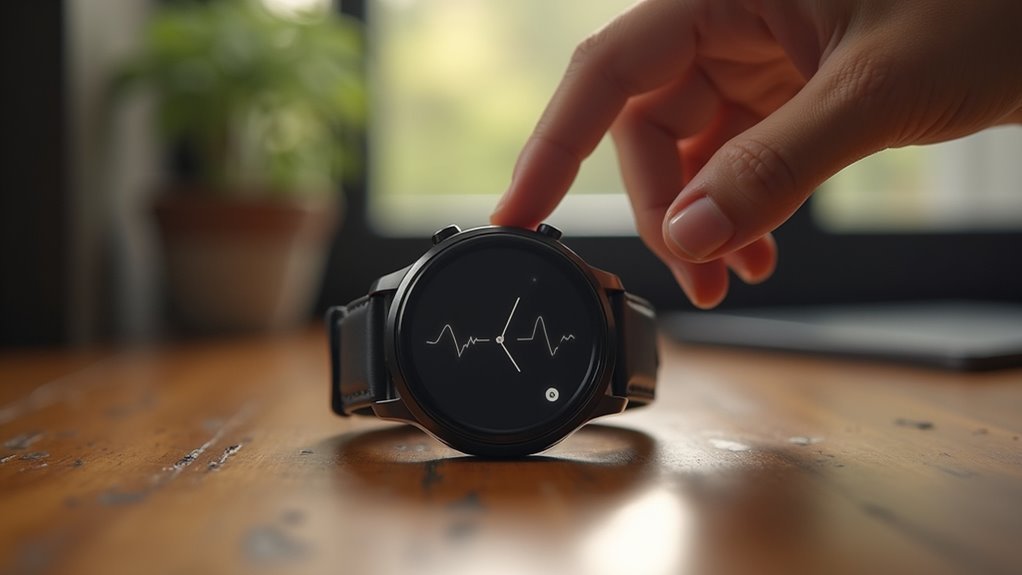
While traditional biometric methods rely on fingerprints or facial recognition, your smartwatch can leverage the unique rhythms of your cardiovascular system for seamless authentication. Your heart rate variability creates distinctive patterns that’re nearly impossible to replicate, making this approach highly secure against spoofing attempts.
To optimize recognition accuracy, confirm your device uses high-resolution optical sensors that can capture precise pulse waveforms. You’ll need proper sensor calibration to accommodate your skin tone and thickness variations.
Enable motion-compensating algorithms to reduce false readings during movement, and adjust sampling rates for better waveform detection.
Deep learning models excel at analyzing your pulse patterns by extracting unique features like amplitude and spectral components. These systems adapt to natural variations in your heart rate due to stress or activity levels while maintaining robust security. The machine learning capabilities also enable continuous improvement of authentication accuracy over time.
Leverage Multi-Modal Biometric Fusion With Facial and Voice Authentication
Building upon pulse-based authentication, you can greatly strengthen your smartwatch security by combining facial recognition with voice authentication in a unified multi-modal system. This approach markedly reduces spoofing risks while maintaining seamless user experience through touchless interaction.
Your system extracts facial texture features using FaceNet technology while capturing voice attributes through MFCC analysis. These features combine at either feature-level or score-level fusion for ideal accuracy.
| Fusion Method | Integration Approach | Security Benefit |
|---|---|---|
| Feature-Level | Concatenates audio/visual cues | Deeper data integration |
| Score-Level | Compares separate modality scores | Independent validation |
| Liveness Detection | Checks facial motion/speech dynamics | Prevents recording attacks |
| Threshold Validation | Rejects low-confidence samples | Blocks unauthorized access |
You’ll benefit from enhanced resistance to deepfake fraud while supporting passwordless authentication workflows that streamline access management. This multi-modal approach creates a unified OLOID identity that enables consistent authentication across various workplace scenarios and device interactions.
Implement Proper Data Encryption and Privacy Protection Protocols
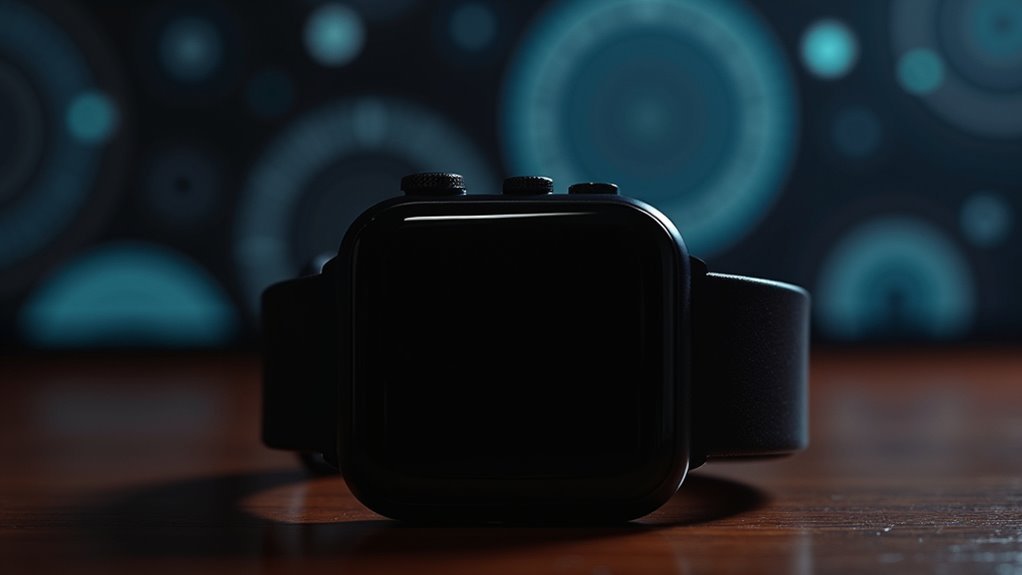
Since your biometric watch system collects highly sensitive personal data, you must implement robust encryption and privacy protocols to protect users from identity theft and unauthorized access.
Encrypt biometric templates immediately after generation using device-specific keys that prevent data transfer between systems. Apply multiple encryption layers, including installation-specific keys, to restrict template usage to authorized systems only.
Device-specific encryption keys ensure biometric templates remain locked to authorized systems, preventing unauthorized data transfers through multiple security layers.
Store minimal personally identifiable information by converting biometric data into hashed templates rather than actual images. You’ll need SSL certificates to secure data transmission and prevent interception.
Implement strict access controls with role-based permissions, limiting data access to essential personnel only. Follow GDPR and CCPA regulations by obtaining explicit user consent and providing transparent privacy policies.
Consider implementing cancelable biometrics technology to further reduce security risks, as this emerging approach allows for the revocation and replacement of compromised biometric templates without requiring new biometric enrollment from users.
Frequently Asked Questions
How Long Does the Battery Last With Continuous Biometric Authentication Running?
Your smartwatch battery typically lasts several hours to a full day with continuous biometric authentication. You’ll see gradual depletion, with moderate sensor sampling consuming about 5% battery every twelve hours during idle periods.
Can Touchless Biometric Watches Work Accurately During Intense Physical Exercise?
You’ll experience reduced accuracy during intense workouts due to movement artifacts and sensor challenges. Heart rate errors can reach 20%, while energy expenditure calculations may be off by up to 115% during vigorous exercise.
What Happens if the Watch Gets Wet or Dirty?
You’ll find touchless biometric watches handle wet or dirty conditions much better than contact-based systems. They avoid moisture interference and contamination since you’re not touching the sensor, maintaining reliable authentication performance.
How Do I Set up Biometric Authentication on My Smartwatch Initially?
You’ll need to access your watch’s settings menu, select biometric options, and complete the enrollment process. Register multiple fingerprint samples, install required authentication apps, grant permissions, and test the setup thoroughly.
Are Touchless Biometric Watches Compatible With All Smartphone Operating Systems?
You’ll find touchless biometric watches aren’t compatible with all smartphone operating systems. They typically support recent iOS and Android versions, but you’ll need to check your device manufacturer’s specifications for exact compatibility requirements.
In Summary
You’ll strengthen your touchless biometric watch authentication by focusing on these three key areas. Don’t overlook the importance of fine-tuning your heart rate algorithms for maximum accuracy. You’re getting the best security when you’re combining multiple biometric methods rather than relying on just one. Remember, you can’t compromise on encryption and privacy protocols—they’re what’ll protect your users’ sensitive biometric data from potential breaches.

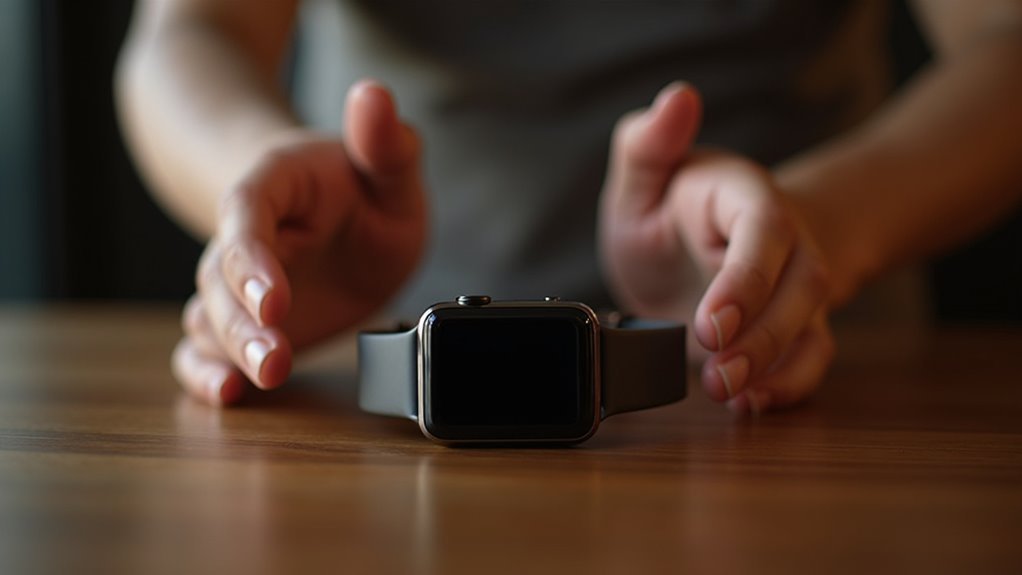
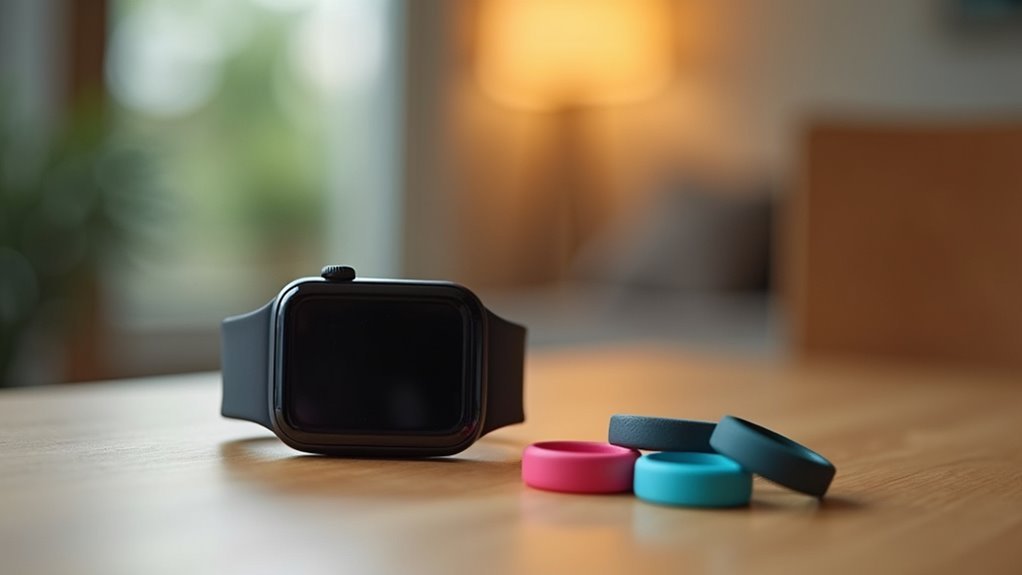
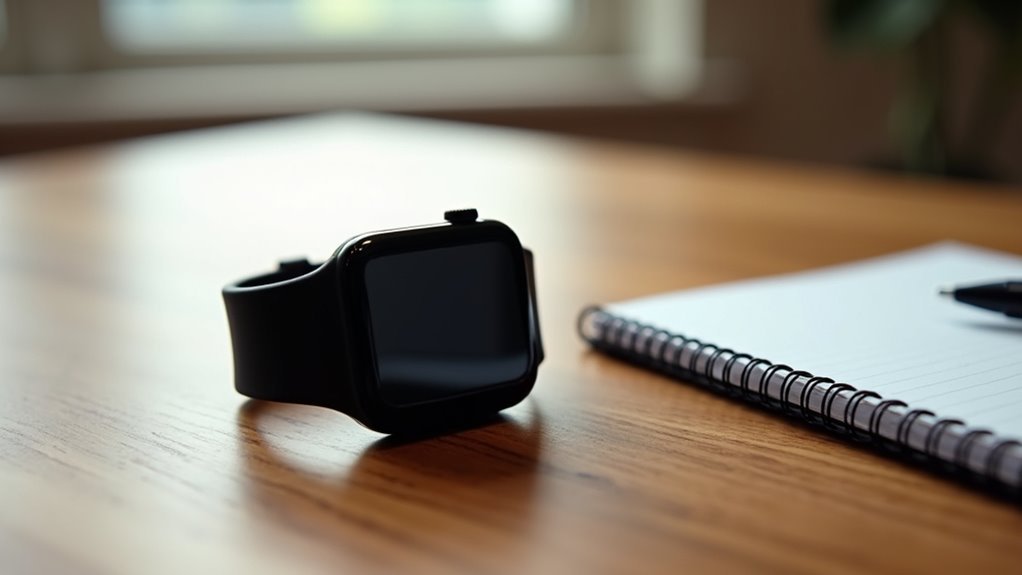
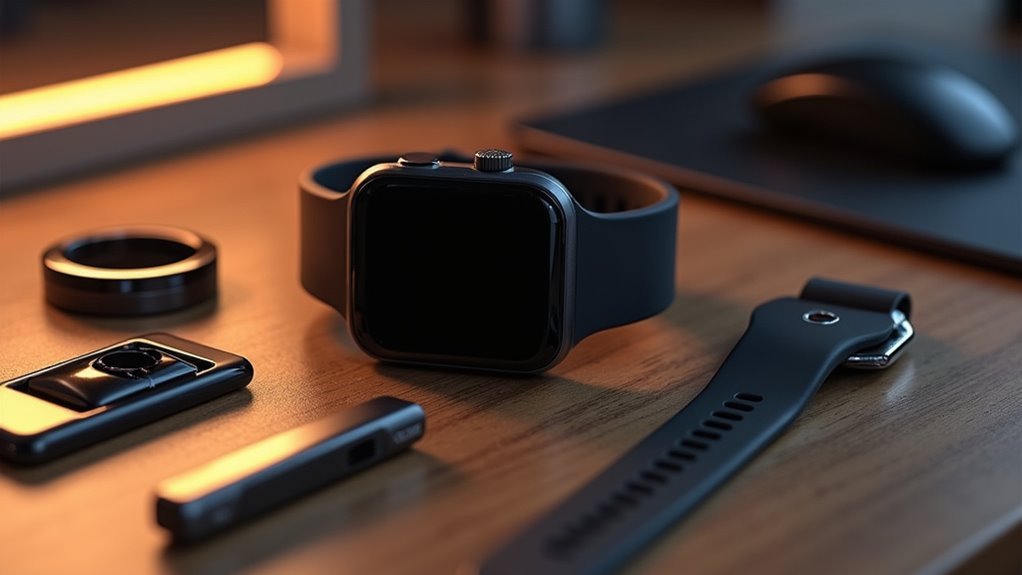
Leave a Reply